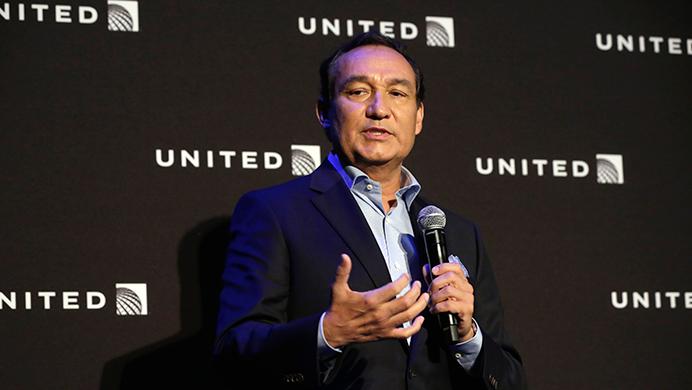By Stephen Schrichfield
There are always two sides of a story. In the wake of United’s brutal removal of passenger David Dao, one side was presented, Dao’s, while the opposing side fumbled numerous responses. The footage of Dao screaming while law enforcement attempted to pull him from his seat was absolutely disturbing, not to mention his body being dragged along the aisle while bleeding from the face looked to be something out of a Tarantino movie. Upon initial viewing and the only background information being the flight was reportedly over-booked, one could easily writeoff United as callous. It also didn’t help that, according to the New York Times, Dao suffered a concussion, two missing teeth, and a broken nose. Ouch. Did I mention he’s a doctor? Well, sort of … but that’s a story for another time.
Once the video of Dao started circulating, social media went into an uproar. Those with Twitter accounts began to assemble their best retort to United, all within 140 characters. The incident even upset the airline’s most loyal customers, sparking pictures of mileage cards cut in half, according to CNN. Within the day, countless memes and photoshopped graphics aimed at ridiculing United filled young people’s timelines. The sheer mass of social-media reactions proved intimidating before United could draft a statement.
Here comes the public-relations disaster. The real loser in this situation was not any spokesman or -woman or public liaison, but United’s CEO, Oscar Munoz. CNN reported Munoz claimed Dao as “belligerent” and was left with no viable option but to physically remove Dao from the flight. Munoz later appeared on “Good Morning America,” during which he apologized for the incident and promised it would never occur again. Many upset customers still viewed his apology as forced and insincere.
In a conflict, it’s imperative to understand both sides of the story, whether you agree with anyone’s motives or not. I am not defending United’s actions nor do I agree with its protocol, but the knee-jerk reactions of our current digital age often leave many important details ignored. While there isn’t much to defend on the side of United, countless similar situations arise in which an incident is presented without much context and onlookers pass immediate judgment while being unaware of many elements.
Tell your story, but tell the truth. Munoz lost all credibility when he went back on his original statement. He wasn’t quite honest in his word and created another outburst when he claimed Dao to be belligerent. Also, claiming the flight was booked, when in reality United was making room for employees, is dishonest.
Admit you’re wrong. If you’re in the wrong, apologize and make it sincere. No one benefits from a phony apology.
Finally, make changes so similar occurrences won’t happen in the future. United seems to be acting proactively by beginning to review its policy for transporting employees, according to the New York Times, so that’s a step in the right direction.
Even with the video, we’ll never know the full story of what happened on that flight. It’s important to remember as we make statements and present our opinions on current events (including the opinion I’m making now) that the whole story may not be what we initially believed. It is in our best judgment until we know the most we possibly can to stay open to all facets of the story.
Will United recover? Probably. My aunt Judy Kendall, who worked in the airline business for more than 20 years, said, “It will be forgotten when the price is right, and they are the only airline flying to a passenger’s destination.” Conflicts are complicated and messy but must be directed correctly. While I believe United will survive this disaster, let its conflict management be a lesson to us all.



